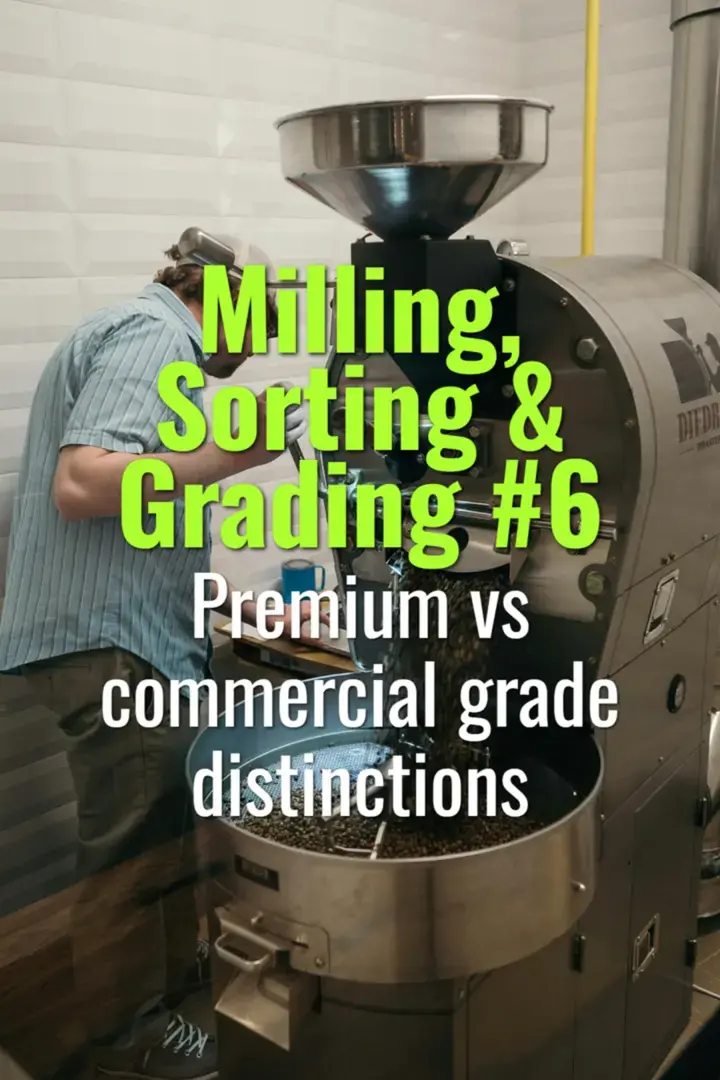
Premium vs commercial grade distinctions
This topic explains the distinctions between premium (specialty-grade) and commercial-grade coffee, focusing on physical standards, sensory outcomes, and market implications.

This topic explains the distinctions between premium (specialty-grade) and commercial-grade coffee, focusing on physical standards, sensory outcomes, and market implications.
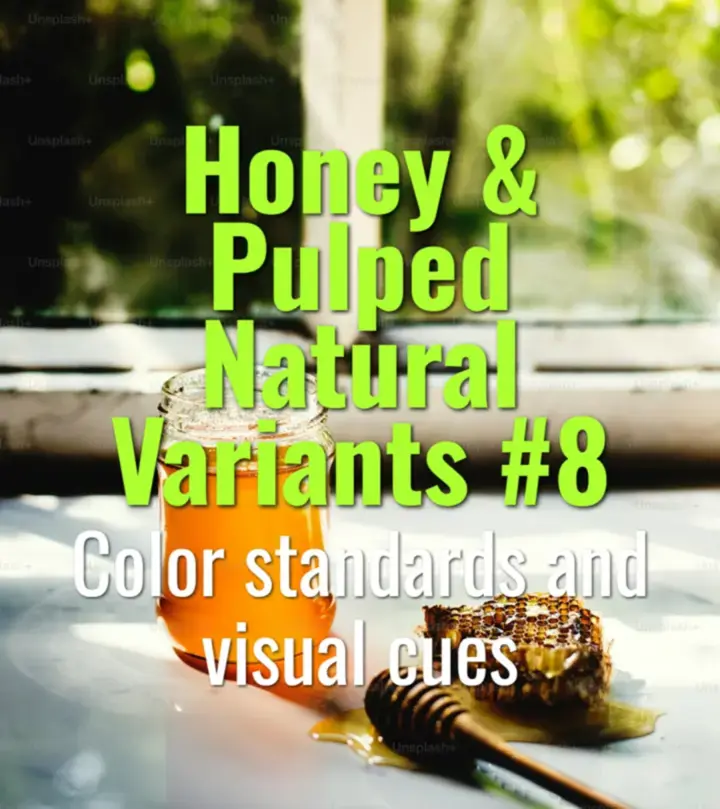
This topic explains how color standards and visual cues are used to identify honey process types (white, yellow, red, black), how they develop during drying, and why they matter for consistency and quality assurance.
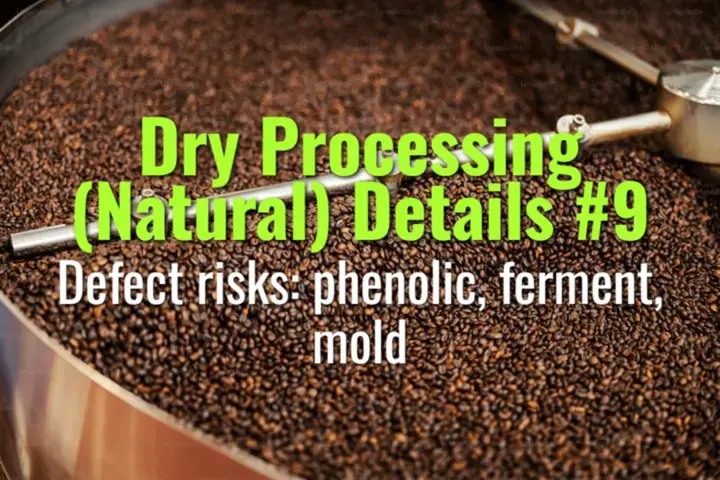
This topic explains the main defect risks in natural (dry) coffee processing—phenolic, ferment, and mold defects—how they arise, and strategies for prevention.
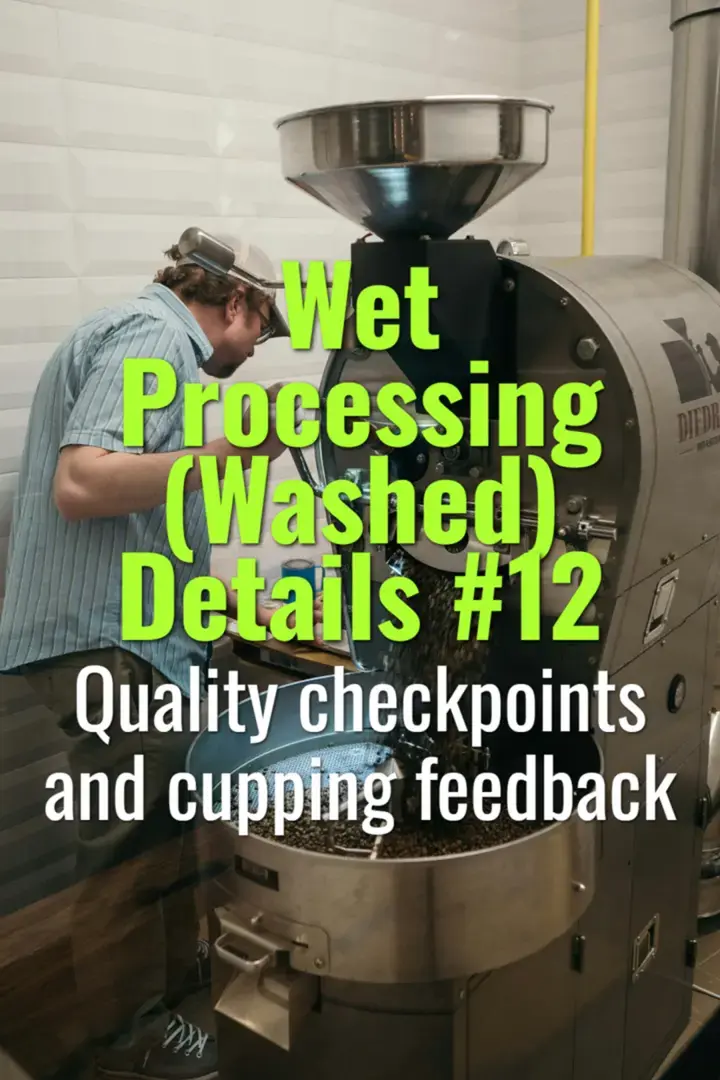
This topic explains how quality checkpoints are established during washed coffee processing, and how cupping feedback connects processing practices to final flavor outcomes.
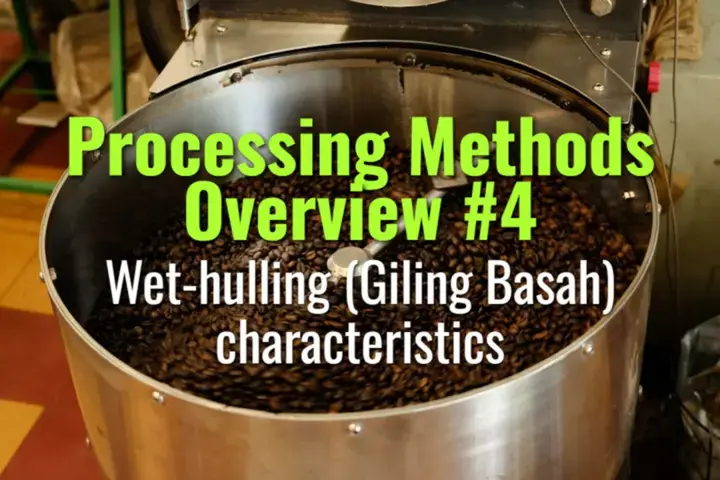
This topic introduces the wet-hulling (Giling Basah) method, a unique coffee processing style from Indonesia, explaining its steps, flavor characteristics, and market significance.
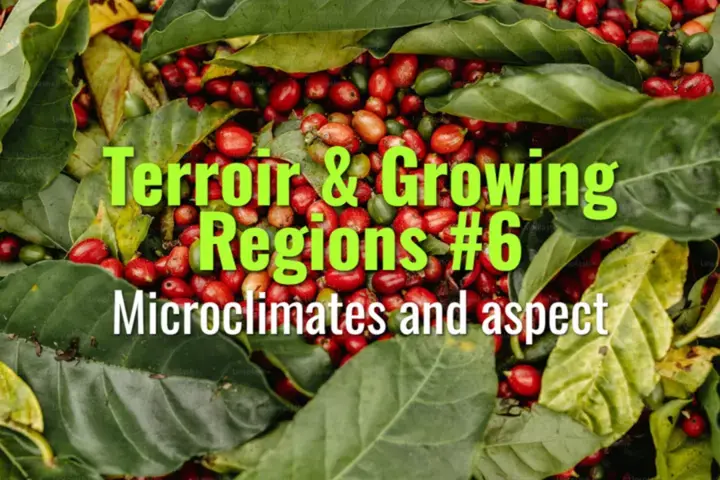
This topic explains how microclimates and slope aspect influence coffee cultivation, showing how subtle variations in environment shape yield, quality, and terroir expression.